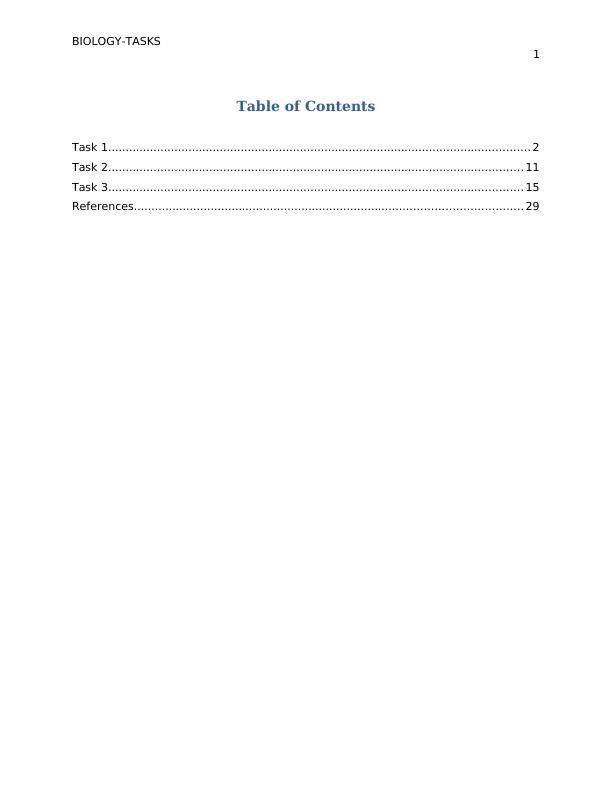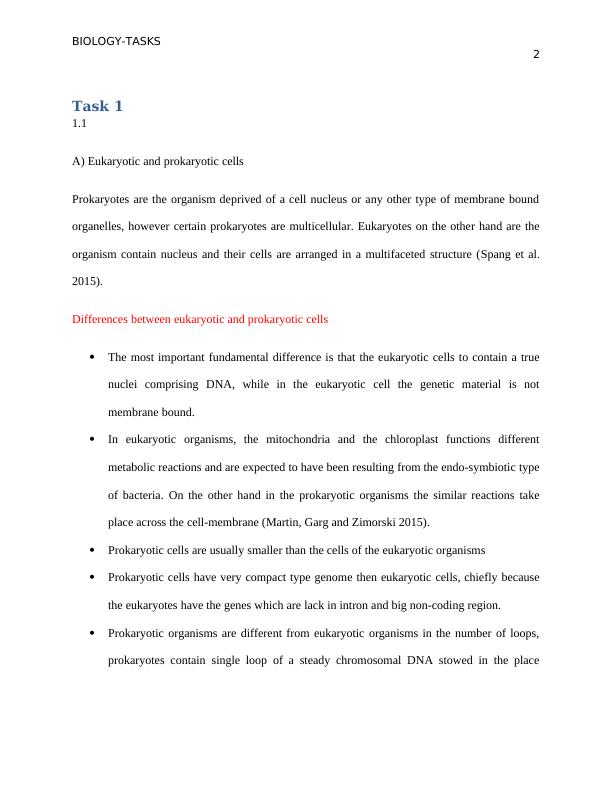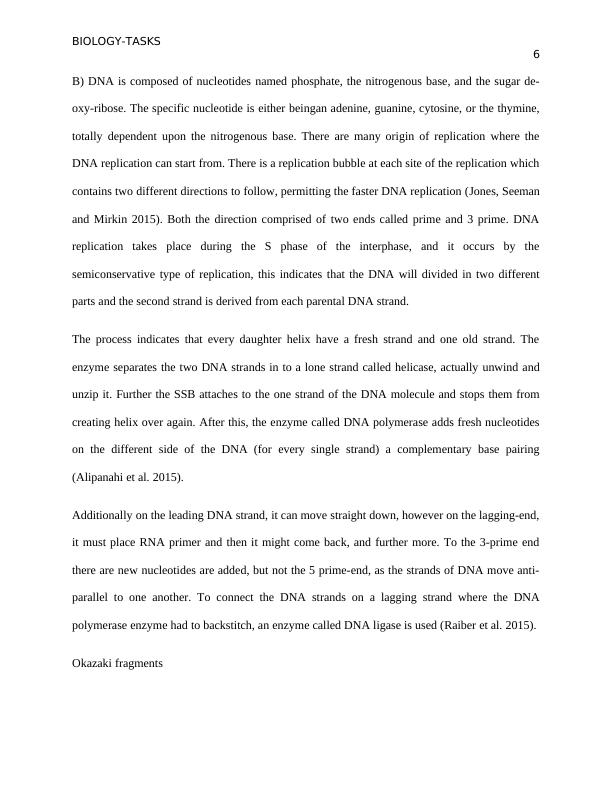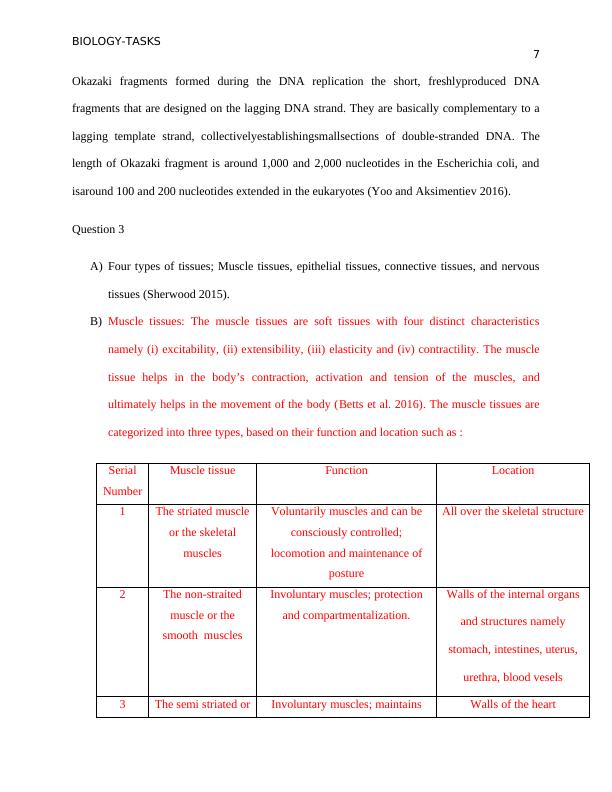Biology Tasks
Assignment on understanding the organization of structures within the human body, components of blood, structure and function of the circulatory system, structure of blood vessels, internal and external structure of the heart, differences between plasma and tissue fluid, role of the respiratory system, and role of the excretory system.
Added on 2022-11-28
About This Document
Biology Tasks
Assignment on understanding the organization of structures within the human body, components of blood, structure and function of the circulatory system, structure of blood vessels, internal and external structure of the heart, differences between plasma and tissue fluid, role of the respiratory system, and role of the excretory system.
Added on 2022-11-28
End of preview
Want to access all the pages? Upload your documents or become a member.








